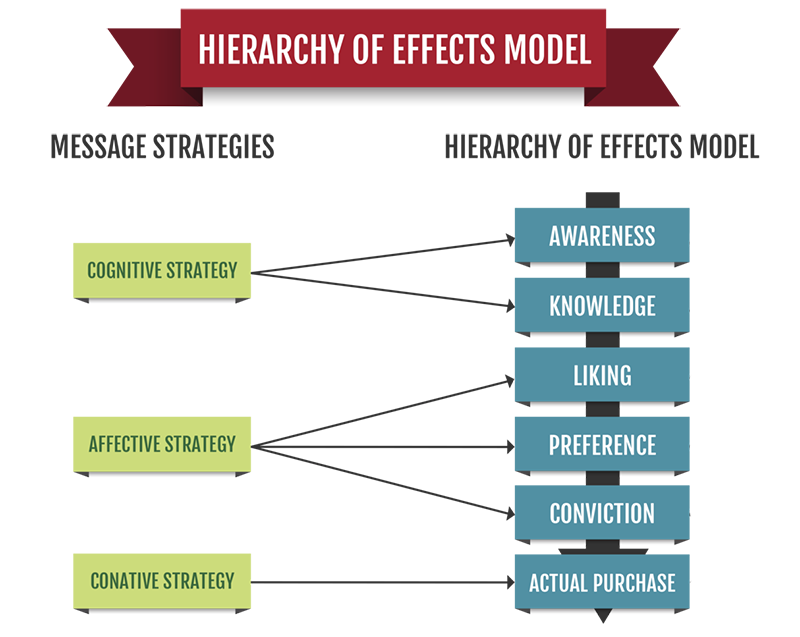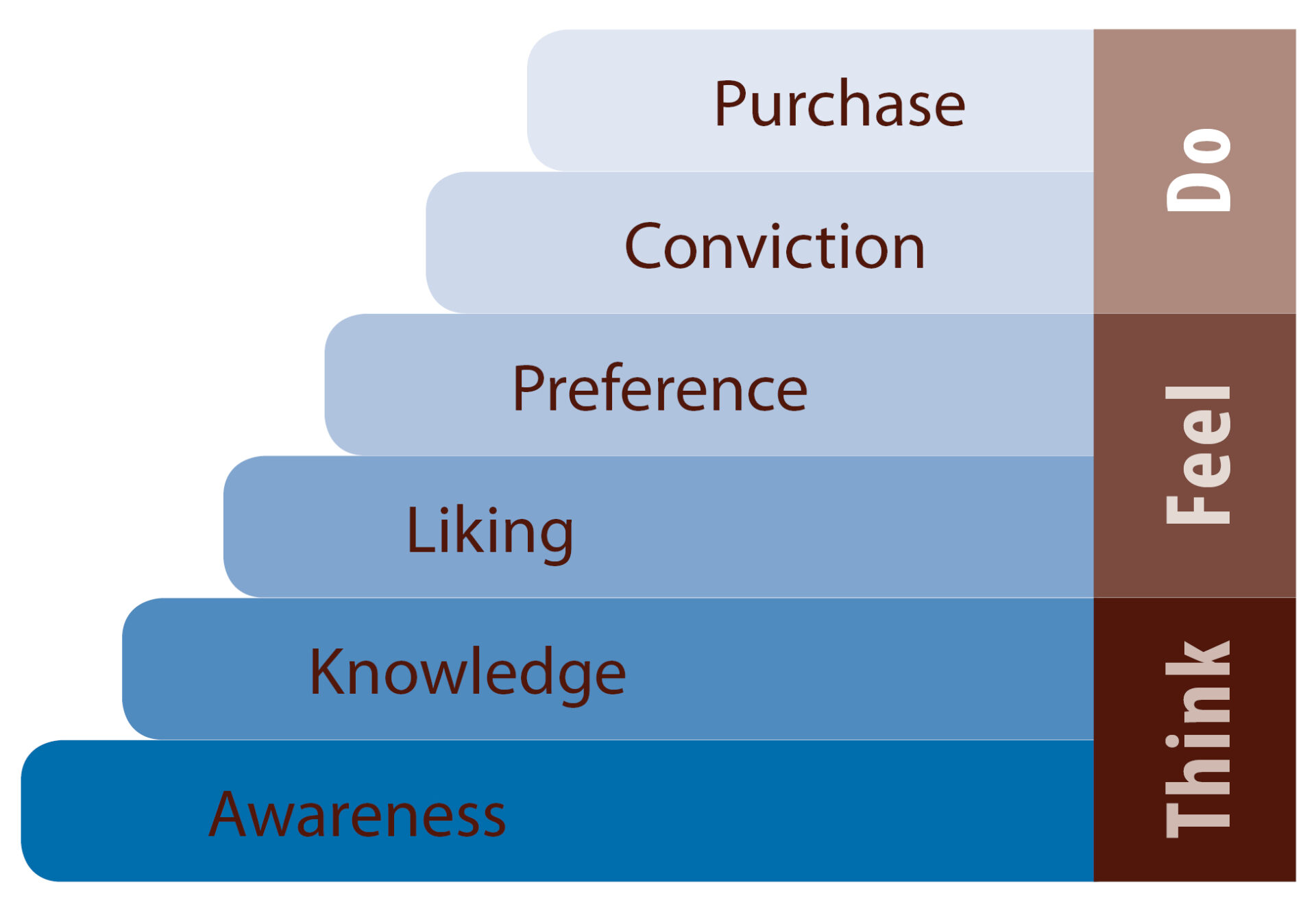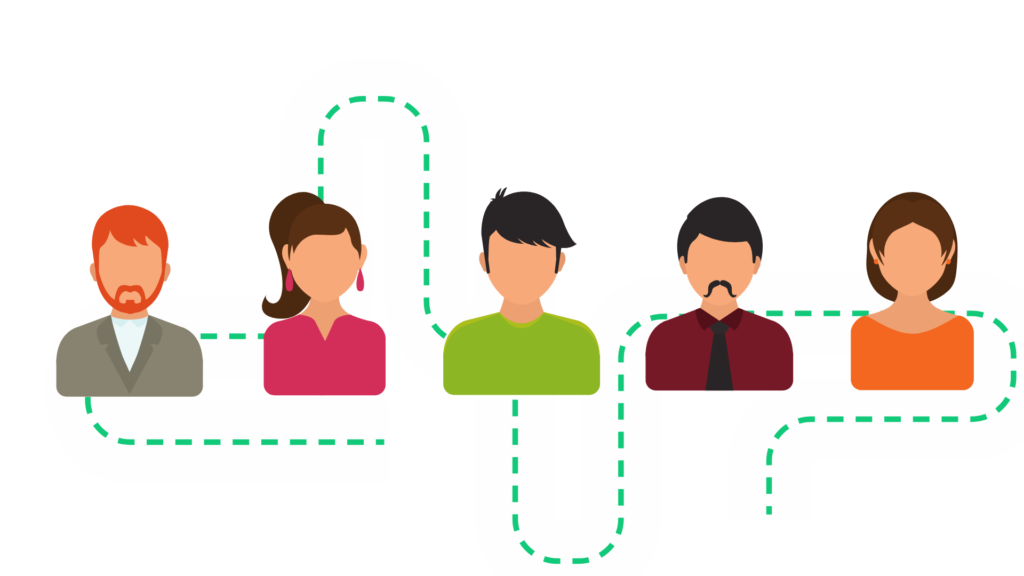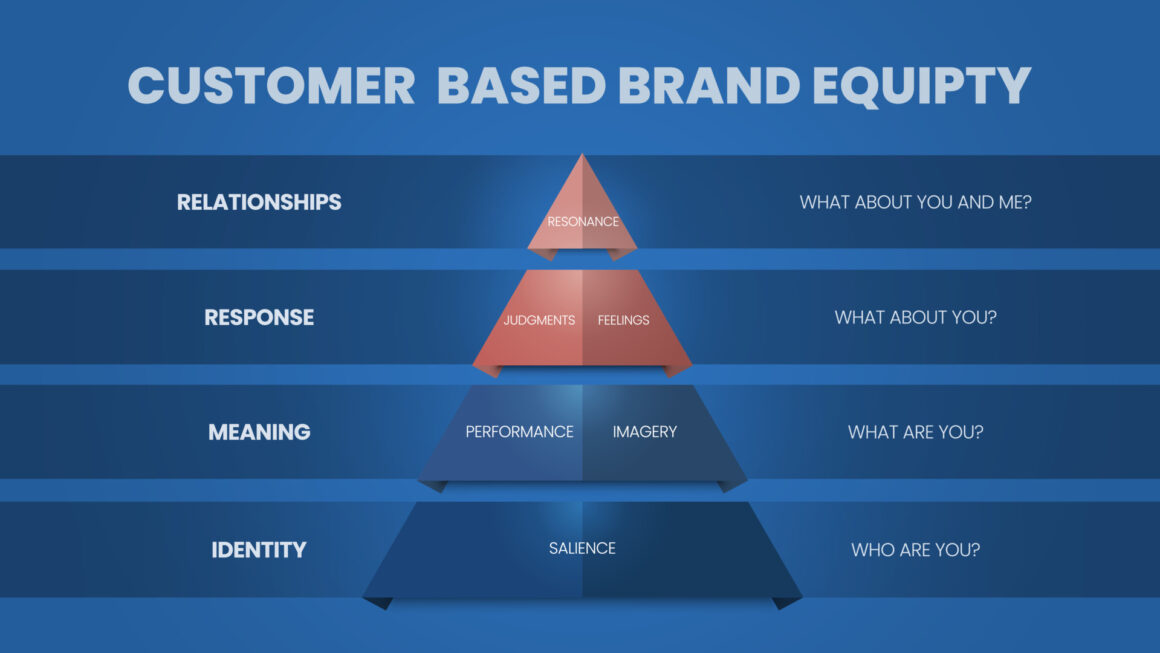What do you think makes you purchase the brand? Is there a specific model that knows how brand advertisement should be to make a consumer purchase it? Definitely, here is your read, Hierarchy of Effects is the model of how advertising affects a consumer’s choice to buy a product or service or not to buy it.
The hierarchy reflects the improvement of customer experience in learning and decision-making. A hierarchy-of-effects model is used to set up for a single product a standardized sequence of promotional message goals, to expand on each successive goal before a transaction is eventually made.
The hierarchy-of-effects model was created by Robert J. Lavidge and Gary A. Steiner in their 1961 article A Model for Predictive Measurements of Advertising Effectiveness.
Stages of Hierarchy-of-Effects Model

Cognitive – Awareness and Knowledge: These are stages when a consumer gets to know about the brand, its first impression when consumers are exposed to the product or service.
In this process, key brand knowledge is important for marketers in a helpful and readily understandable way that forces the prospective buyer to learn more and create a bond with a product. An advertisement should focus on positive attributes or technical abilities, features of a product.
Affective – Liking and Preference: Here in these stages when customers develop some feelings and attachment to the brand. Advertiser focuses on the liking aspect of the consumer. Marketers focus on the consumer’s mindset, values, emotions, lifestyle to improve effective stage progress.
Consumers may like more than one brand in a single product category but could end up buying one brand. In preference, marketers convey their unique selling point in this phase which becomes differentiates the brand from competitors.
Conative – Conviction and Purchase: This is the stage where actual actions come into a picture. It is when marketers attempt to convert the lead, prospects to act on the awareness, knowledge, liking, and preference stages inputs by compel them to purchase the brand.
Advertisers should focus on quality, usefulness, and leverage the popularity of a product.
It takes a lot of effort to actually convert prospects into actual buyers from creating awareness to finally purchase the product, so marketing teams need to ensure that they try their utmost to get customers from conviction to purchase phase.
If you enjoyed reading about this concept, you may also like Marketing Funnel and Material Requirement Planning.



